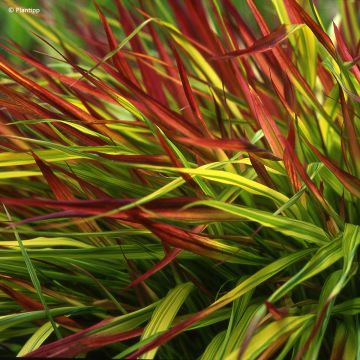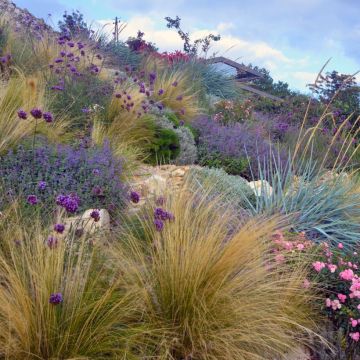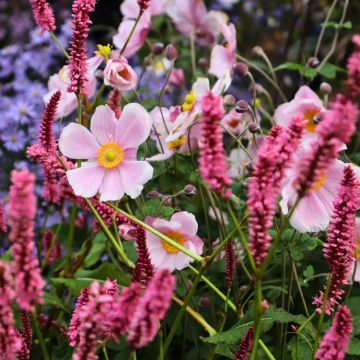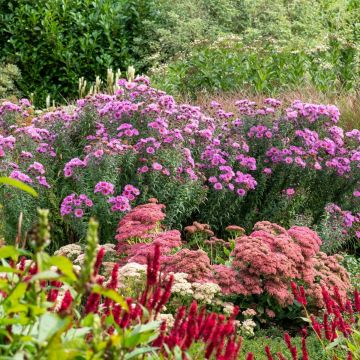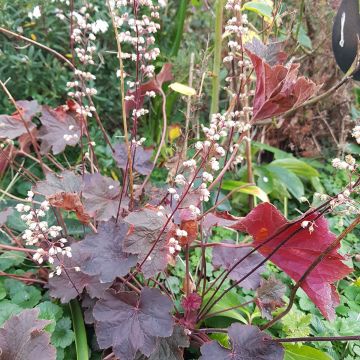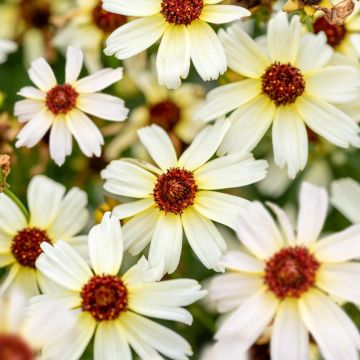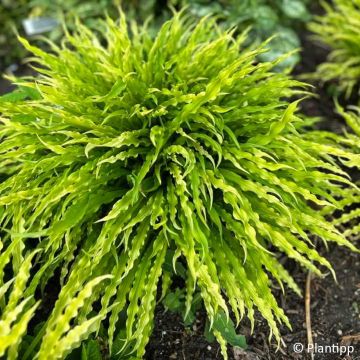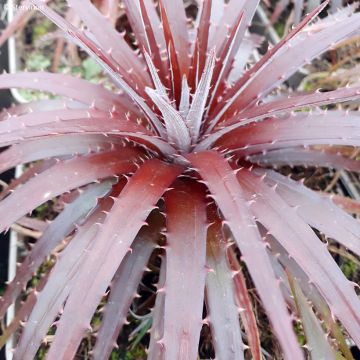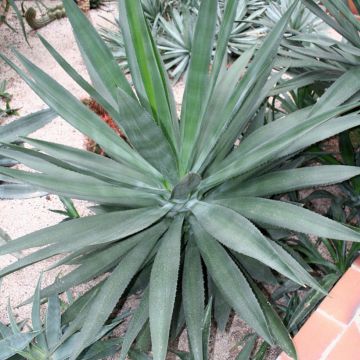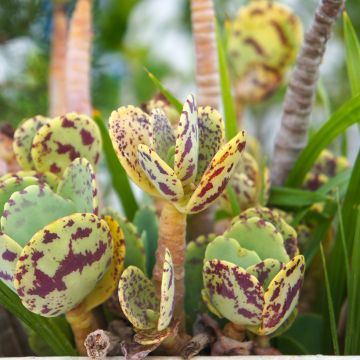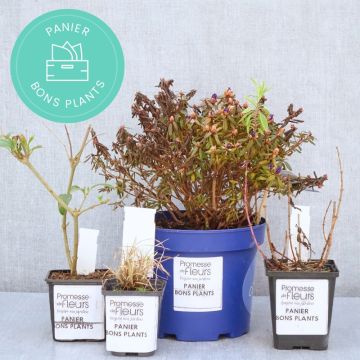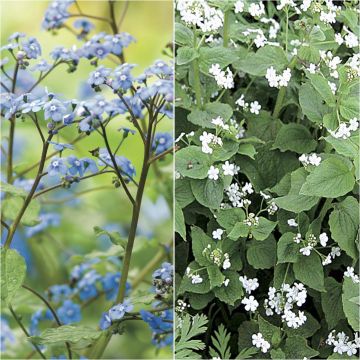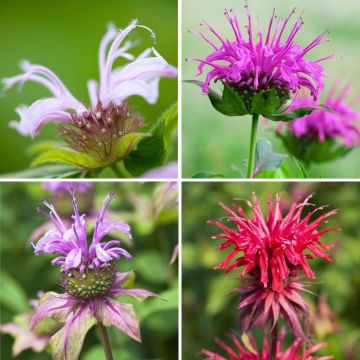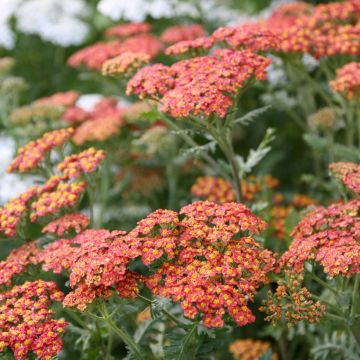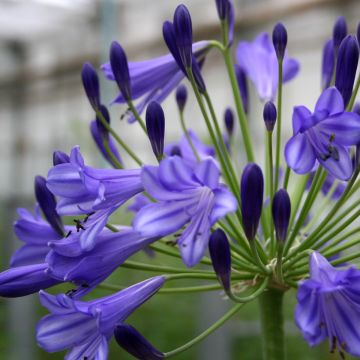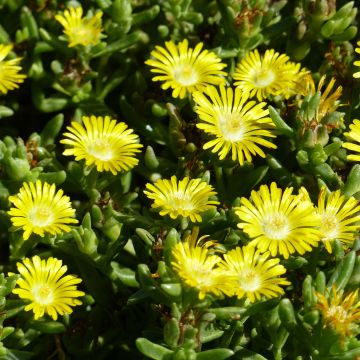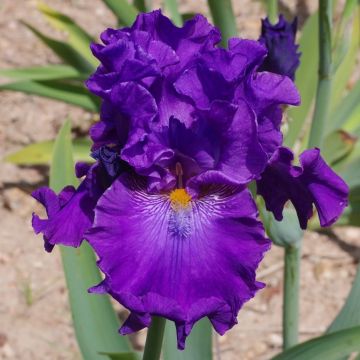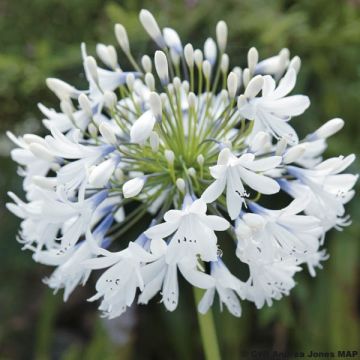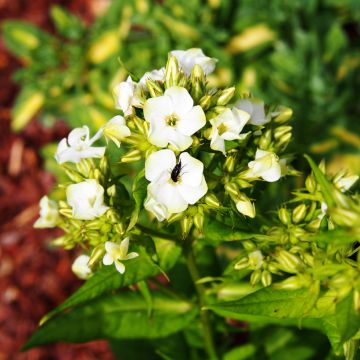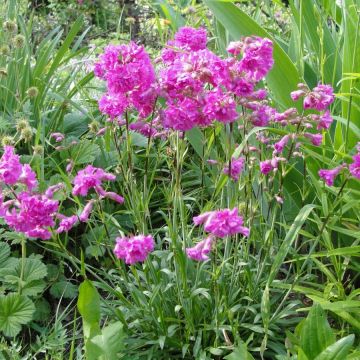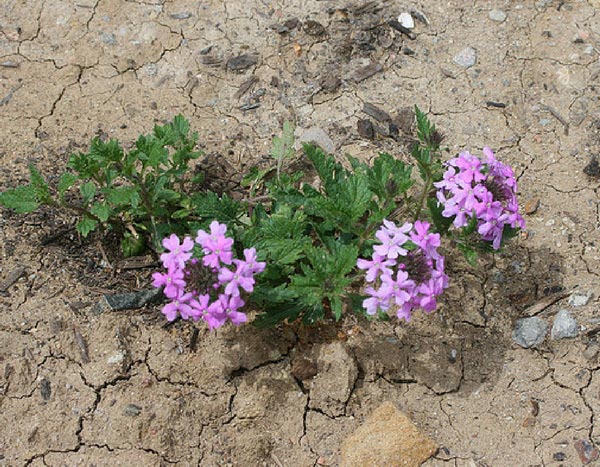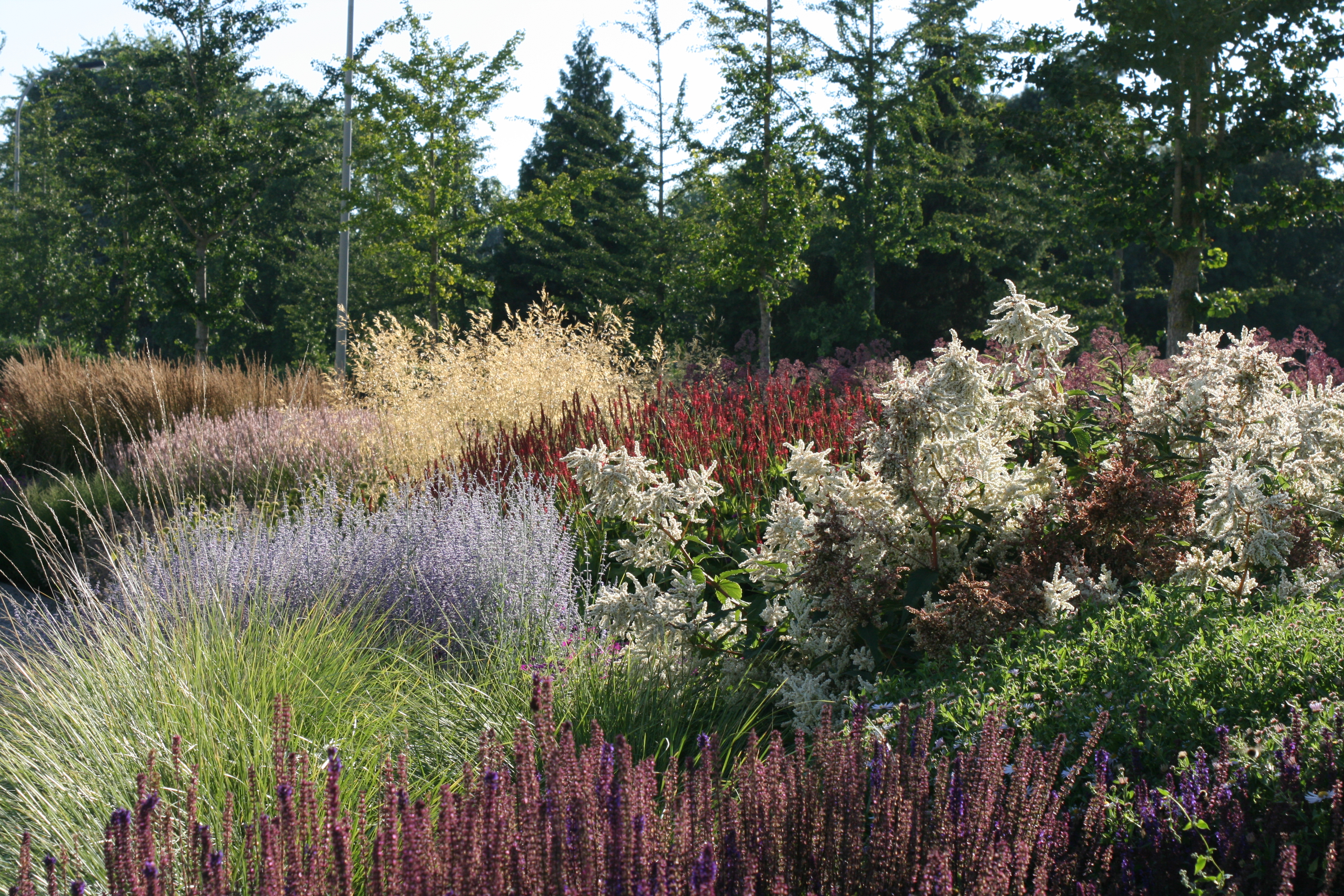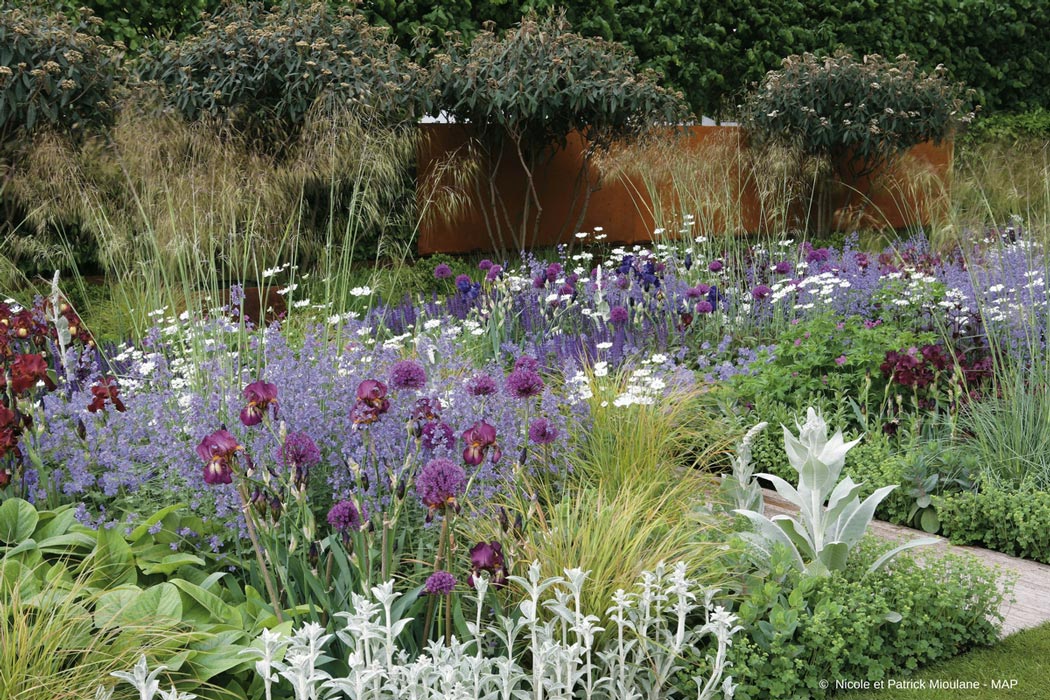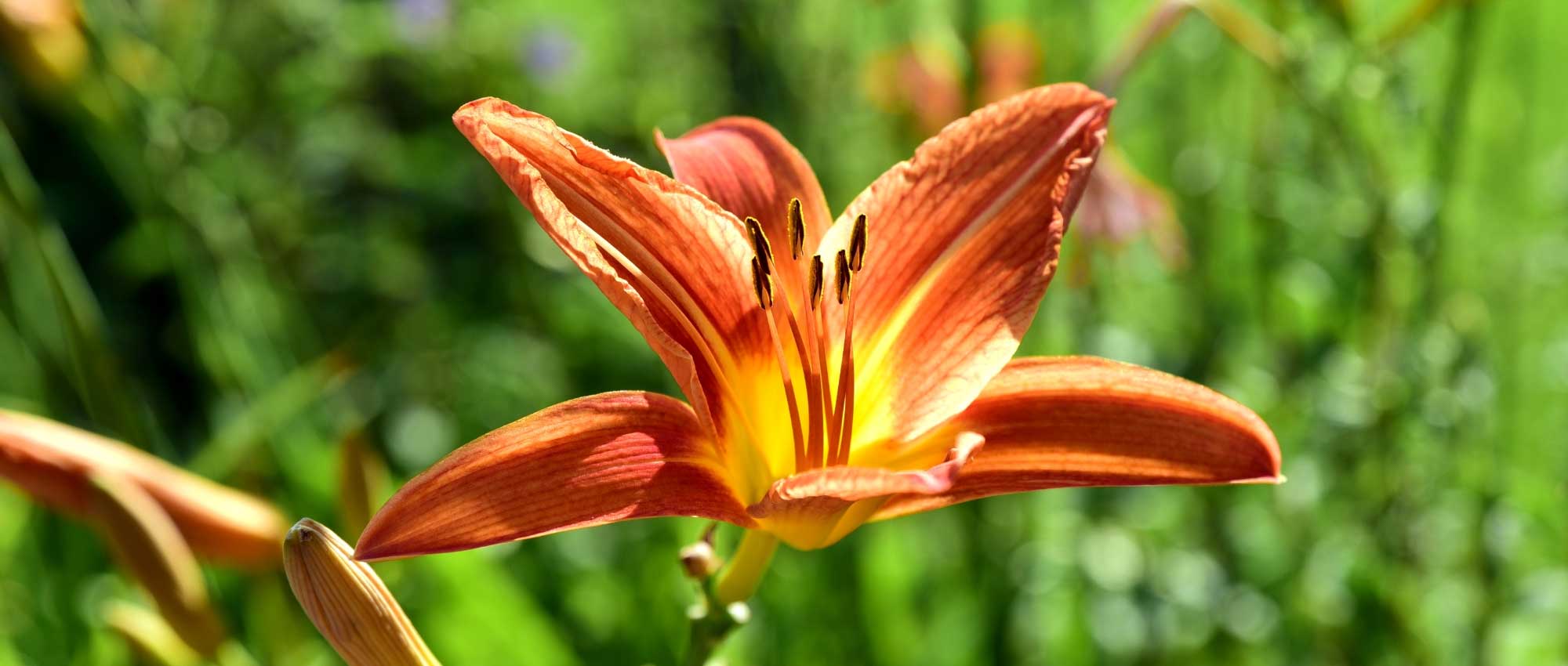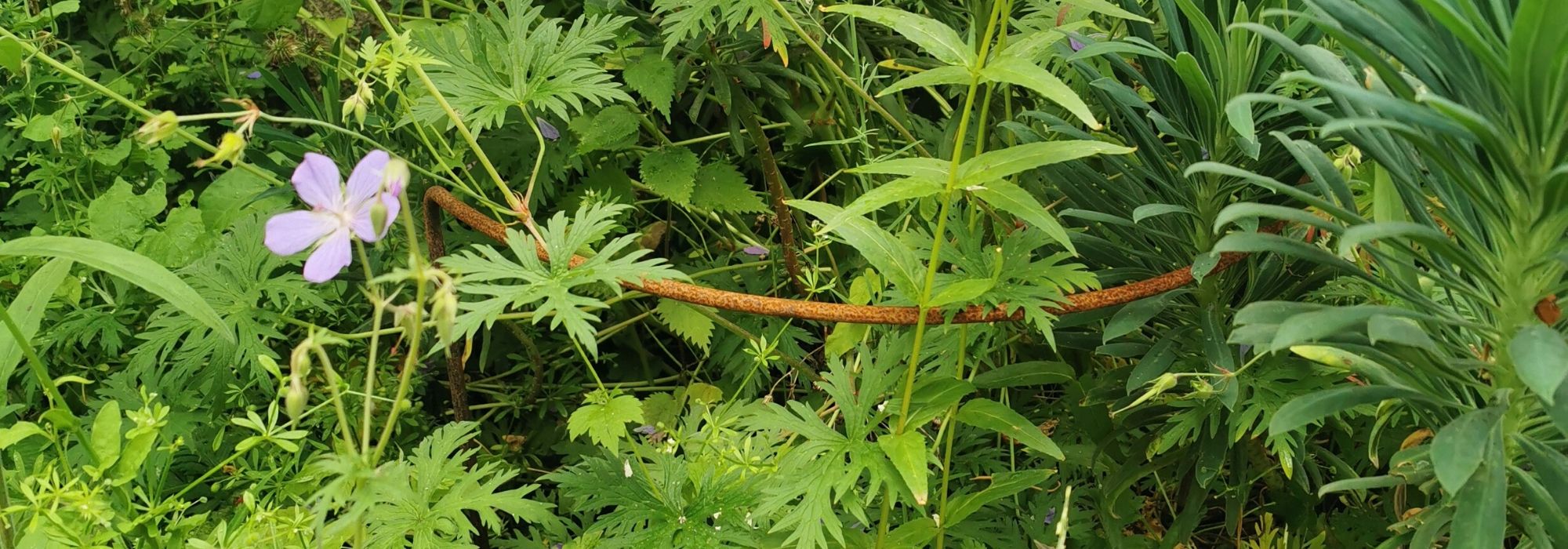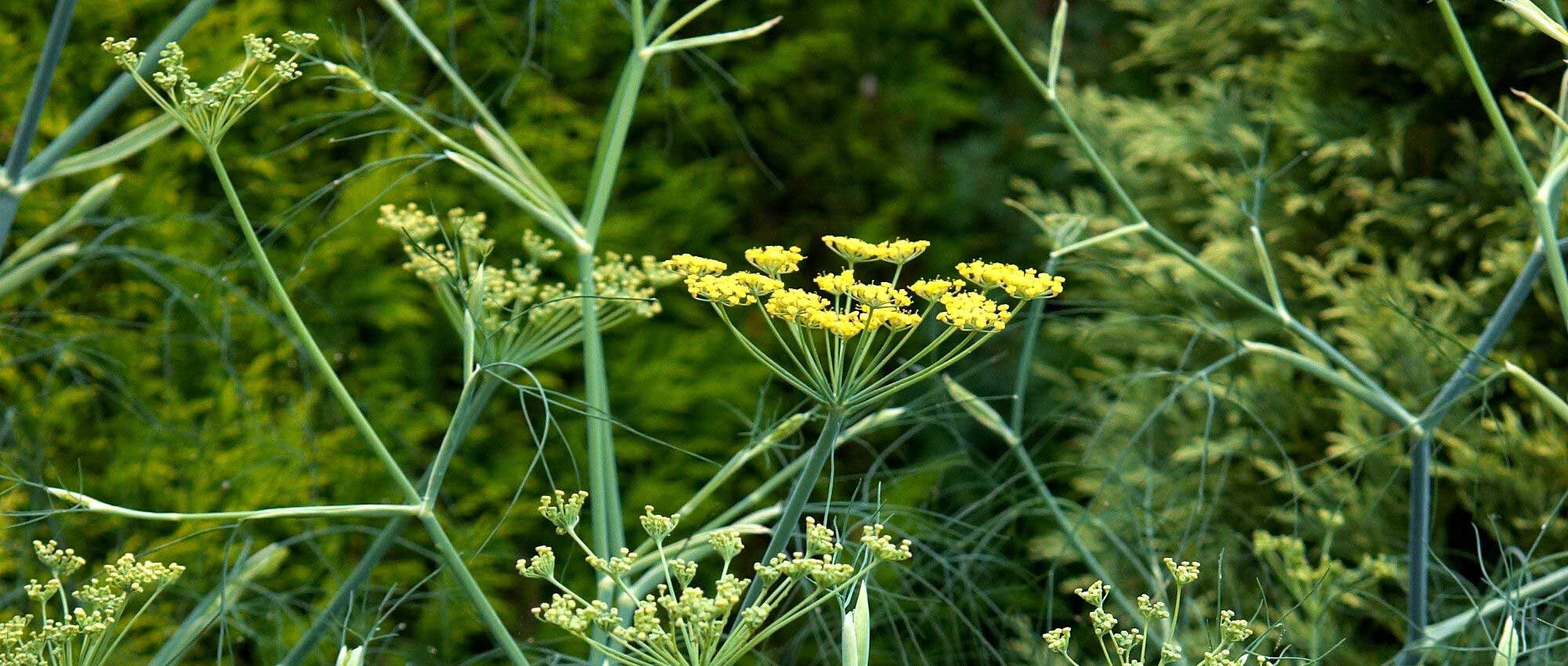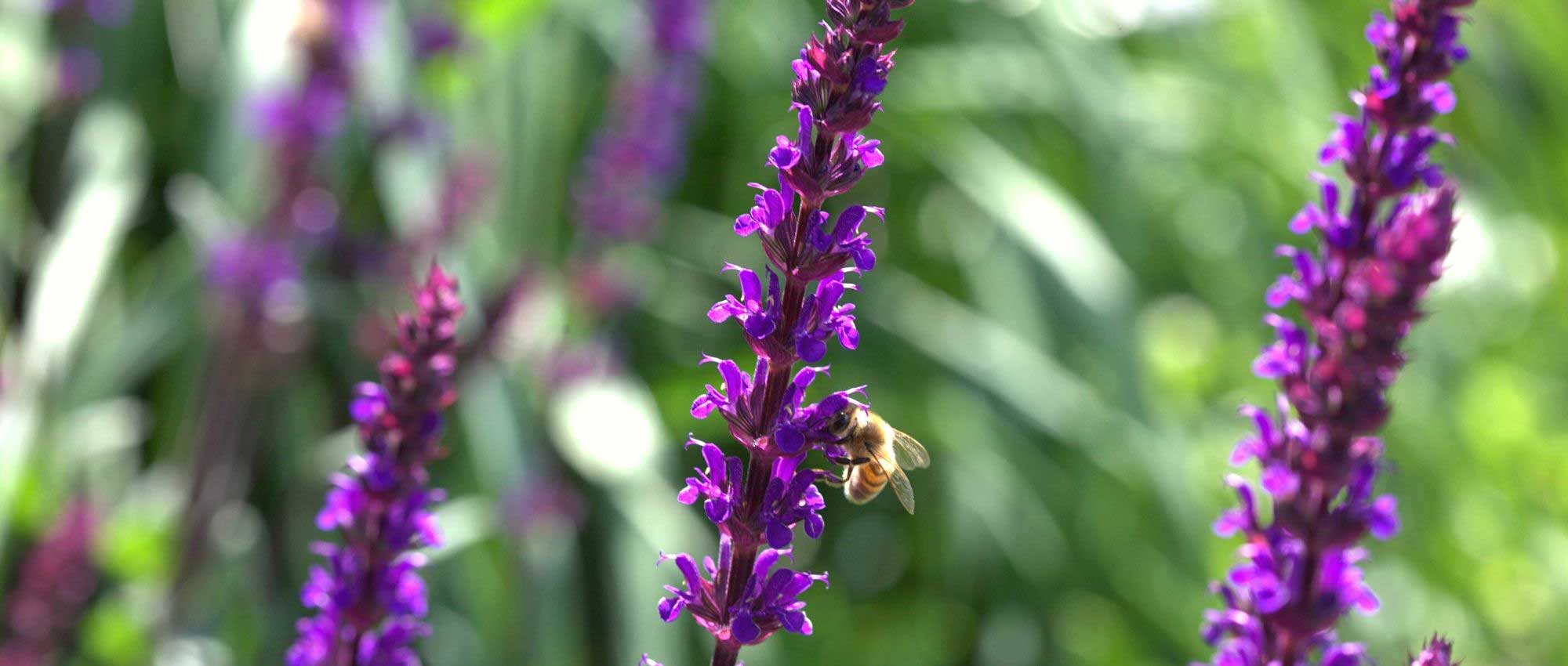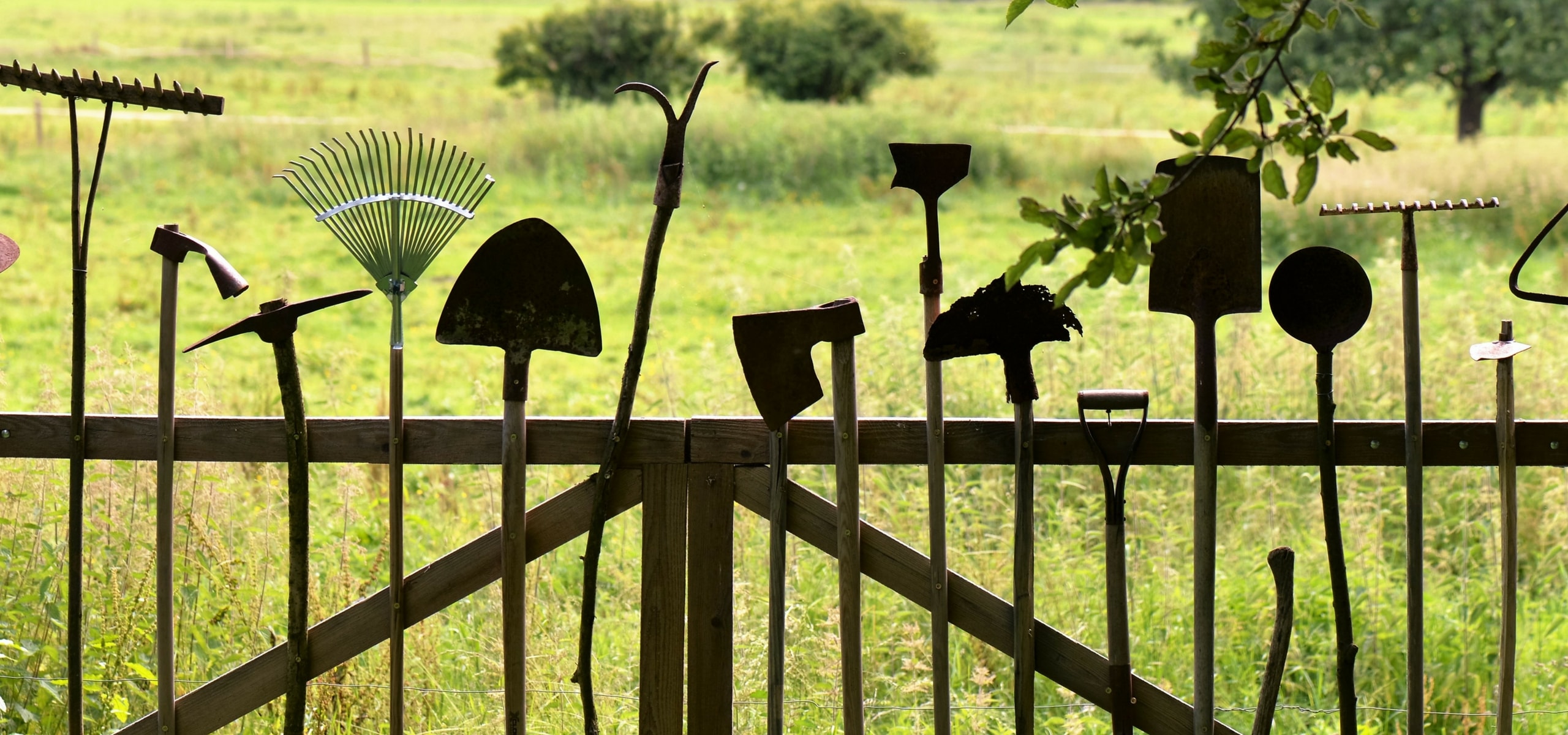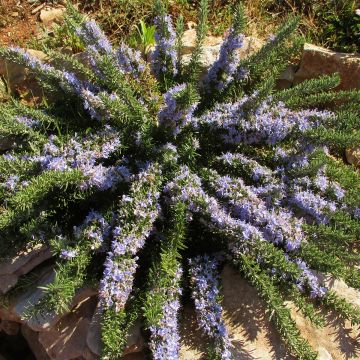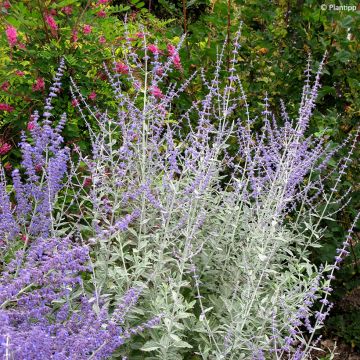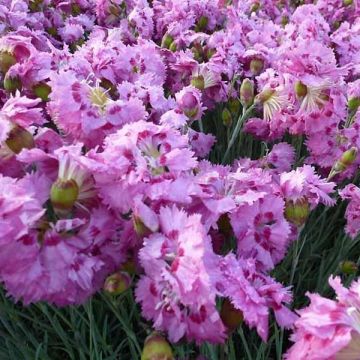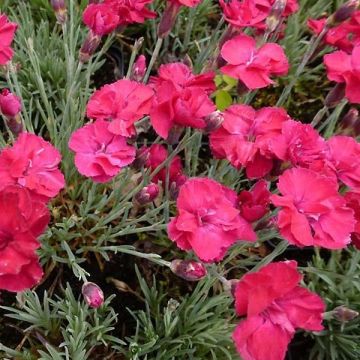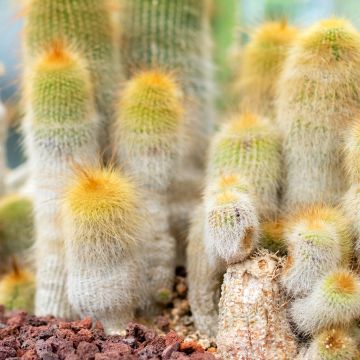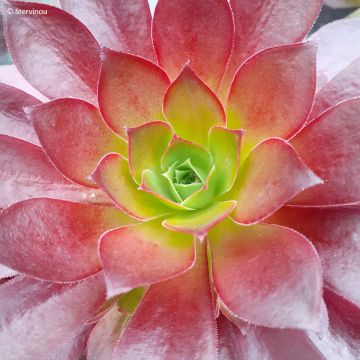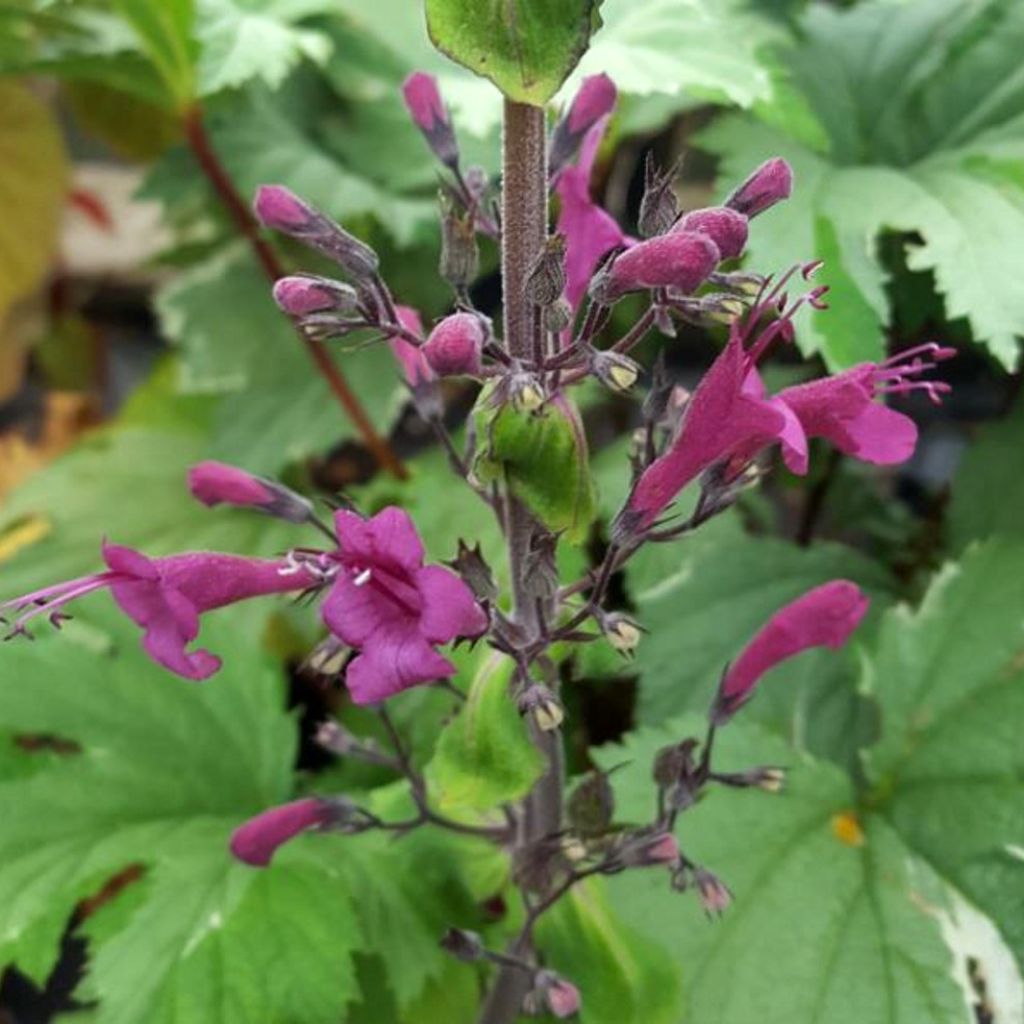

Lepechinia salviae - Fausse-sauge
Lepechinia salviae
Lepechinia salviae
Pakaha, Pitchersage
Special offer!
Receive a €20 voucher for any order over €90 (excluding delivery costs, credit notes, and plastic-free options)!
1- Add your favorite plants to your cart.
2- Once you have reached €90, confirm your order (you can even choose the delivery date!).
3- As soon as your order is shipped, you will receive an email containing your voucher code, valid for 3 months (90 days).
Your voucher is unique and can only be used once, for any order with a minimum value of €20, excluding delivery costs.
Can be combined with other current offers, non-divisible and non-refundable.
Why not try an alternative variety in stock?
View all →This plant carries a 12 months recovery warranty
More information
We guarantee the quality of our plants for a full growing cycle, and will replace at our expense any plant that fails to recover under normal climatic and planting conditions.
Does this plant fit my garden?
Set up your Plantfit profile →
Description
Lepechinia salviae, locally known as Pakaha, or Pitchersage by English speakers, is a beautiful perennial bushy plant native to central Chile, similar to sage. It should be tried in our more Mediterranean climates. It is still very rarely cultivated in Europe. Forming a large clump of aromatic foliage, it offers abundant, colourful, and prolonged flowering from late summer until the first frosts. It can be acclimated in gardens which are not hit by strong frosts, provided it is given well-drained soil, in a raised bed, or in a rock garden, for example. Growing it in a large pot that will be stored away from frost during the winter allows it to be grown in many regions.
Lepechinia salviae belongs to the family Lamiaceae, and it is native to coastal areas of central Chile where it is found in a region called matorral, a kind scrubland that is not too dry, on sandy and humus-rich soil. It is a woody-based perennial that develops into a clump of leafy stems reaching up to 90 cm (35in) in all directions. Its square-shaped stems are brownish to reddish in colour, covered with a bloom. They bear leaves that are triangular in shape, thick, slightly wavy, and grey-green in colour. When crushed, they emit a surprising, rather pleasant scent of acidic lemon. In not too cold climates, the foliage persists in winter. Flowering generally begins in late August and continues until the end of October, or even until November if there is no frost. Majestic dark-coloured, branching flower stems emerge from the foliage. They are adorned with numerous small tubular two-lipped magenta flowers enclosed in a dark-coloured calyx. Lepechinia is hardy to -5/-8 °C (23/17.6°F), in a sheltered position and well-drained soil.
This rare and beautiful false sage deserves to be tried in Mediterranean gardens, planted in a large rock garden or raised bed. It can be associated with lovely bushes such as Leucophyllum frutescens, Ceratostigma griffitii, shrub mallows, Teucrium fruticans Azureum, Artemisia arborescens, Perovskia, or shrub sages, all of which appreciate the same well-drained soils. Lavenders and evergreen agapanthus will also make lovely companions in a pink and blue flower scheme. Elsewhere, it can be placed on the patio in a large pot, to be stored away from strong frosts during winter.
Report an error about the product description
Flowering
Foliage
Plant habit
Botanical data
Lepechinia
salviae
Lamiaceae
Pakaha, Pitchersage
South America
Other Perennials A to Z
View all →Planting and care
Plant Lepechinia salviae in open ground after spring frosts, or in September-October in a warm and mild climate. Plant it in a well-drained soil, rich in sand and humus or compost. According to the literature (still scarce), this plant dislikes excessively wet soils in winter and tolerates summer drought quite well. It is advisable to plant it in full sun, or in partial shade in very hot regions. Plant it in the most sheltered corner of the garden, on a sandy slope, or any substrate that does not retain excess moisture. This species seems to prefer slightly acidic (non-calcareous) soils. It can also be cultivated in a pot with a well-drained substrate, which allows gardeners in colder climates to store it away from frosts in the winter.
Planting period
Intended location
Care
Planting & care advice
This item has not been reviewed yet - be the first to leave a review about it.
Similar products
Haven't found what you were looking for?
Hardiness is the lowest winter temperature a plant can endure without suffering serious damage or even dying. However, hardiness is affected by location (a sheltered area, such as a patio), protection (winter cover) and soil type (hardiness is improved by well-drained soil).

Photo Sharing Terms & Conditions
In order to encourage gardeners to interact and share their experiences, Promesse de fleurs offers various media enabling content to be uploaded onto its Site - in particular via the ‘Photo sharing’ module.
The User agrees to refrain from:
- Posting any content that is illegal, prejudicial, insulting, racist, inciteful to hatred, revisionist, contrary to public decency, that infringes on privacy or on the privacy rights of third parties, in particular the publicity rights of persons and goods, intellectual property rights, or the right to privacy.
- Submitting content on behalf of a third party;
- Impersonate the identity of a third party and/or publish any personal information about a third party;
In general, the User undertakes to refrain from any unethical behaviour.
All Content (in particular text, comments, files, images, photos, videos, creative works, etc.), which may be subject to property or intellectual property rights, image or other private rights, shall remain the property of the User, subject to the limited rights granted by the terms of the licence granted by Promesse de fleurs as stated below. Users are at liberty to publish or not to publish such Content on the Site, notably via the ‘Photo Sharing’ facility, and accept that this Content shall be made public and freely accessible, notably on the Internet.
Users further acknowledge, undertake to have ,and guarantee that they hold all necessary rights and permissions to publish such material on the Site, in particular with regard to the legislation in force pertaining to any privacy, property, intellectual property, image, or contractual rights, or rights of any other nature. By publishing such Content on the Site, Users acknowledge accepting full liability as publishers of the Content within the meaning of the law, and grant Promesse de fleurs, free of charge, an inclusive, worldwide licence for the said Content for the entire duration of its publication, including all reproduction, representation, up/downloading, displaying, performing, transmission, and storage rights.
Users also grant permission for their name to be linked to the Content and accept that this link may not always be made available.
By engaging in posting material, Users consent to their Content becoming automatically accessible on the Internet, in particular on other sites and/or blogs and/or web pages of the Promesse de fleurs site, including in particular social pages and the Promesse de fleurs catalogue.
Users may secure the removal of entrusted content free of charge by issuing a simple request via our contact form.
The flowering period indicated on our website applies to countries and regions located in USDA zone 8 (France, the United Kingdom, Ireland, the Netherlands, etc.)
It will vary according to where you live:
- In zones 9 to 10 (Italy, Spain, Greece, etc.), flowering will occur about 2 to 4 weeks earlier.
- In zones 6 to 7 (Germany, Poland, Slovenia, and lower mountainous regions), flowering will be delayed by 2 to 3 weeks.
- In zone 5 (Central Europe, Scandinavia), blooming will be delayed by 3 to 5 weeks.
In temperate climates, pruning of spring-flowering shrubs (forsythia, spireas, etc.) should be done just after flowering.
Pruning of summer-flowering shrubs (Indian Lilac, Perovskia, etc.) can be done in winter or spring.
In cold regions as well as with frost-sensitive plants, avoid pruning too early when severe frosts may still occur.
The planting period indicated on our website applies to countries and regions located in USDA zone 8 (France, United Kingdom, Ireland, Netherlands).
It will vary according to where you live:
- In Mediterranean zones (Marseille, Madrid, Milan, etc.), autumn and winter are the best planting periods.
- In continental zones (Strasbourg, Munich, Vienna, etc.), delay planting by 2 to 3 weeks in spring and bring it forward by 2 to 4 weeks in autumn.
- In mountainous regions (the Alps, Pyrenees, Carpathians, etc.), it is best to plant in late spring (May-June) or late summer (August-September).
The harvesting period indicated on our website applies to countries and regions in USDA zone 8 (France, England, Ireland, the Netherlands).
In colder areas (Scandinavia, Poland, Austria...) fruit and vegetable harvests are likely to be delayed by 3-4 weeks.
In warmer areas (Italy, Spain, Greece, etc.), harvesting will probably take place earlier, depending on weather conditions.
The sowing periods indicated on our website apply to countries and regions within USDA Zone 8 (France, UK, Ireland, Netherlands).
In colder areas (Scandinavia, Poland, Austria...), delay any outdoor sowing by 3-4 weeks, or sow under glass.
In warmer climes (Italy, Spain, Greece, etc.), bring outdoor sowing forward by a few weeks.






























